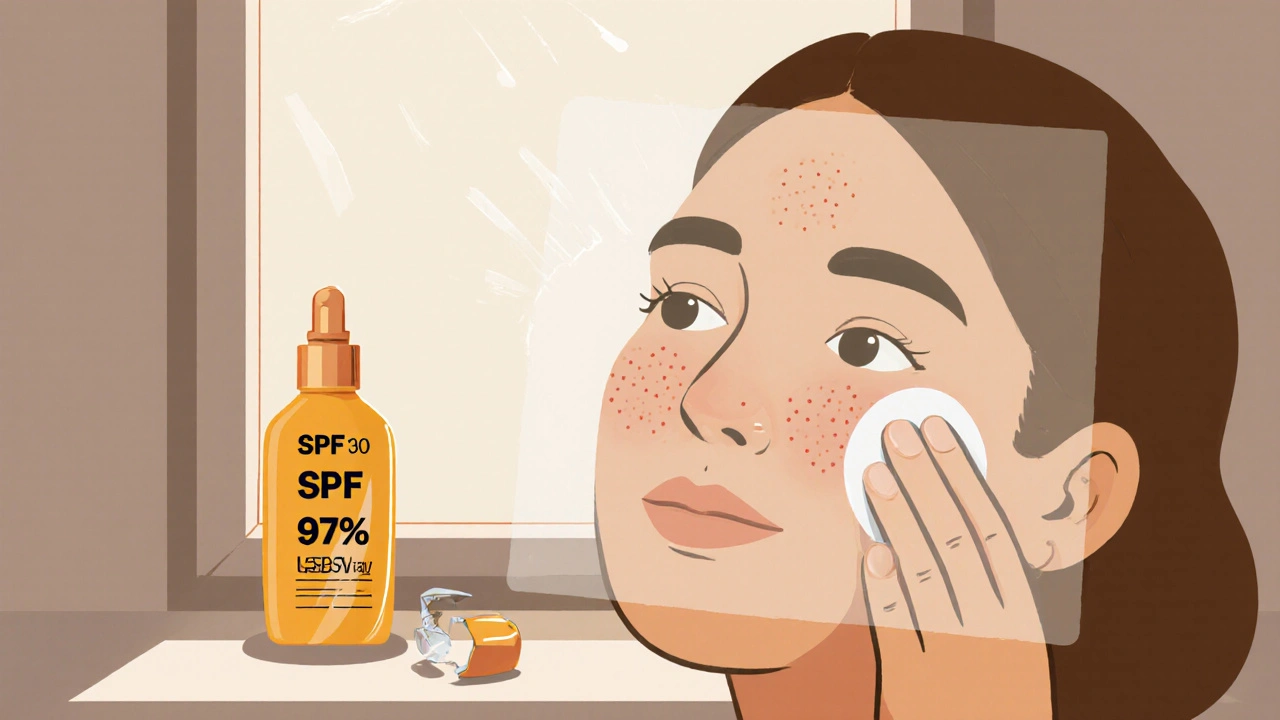SPF Meaning: What It Really Tells You About Sun Protection
When you pick up a bottle of sunscreen, the number on the front—like SPF 30 or SPF 50—isn’t just a marketing gimmick. It’s SPF, Sun Protection Factor, a standardized measure of how well a sunscreen blocks UVB rays. Also known as Sun Protection Factor, it tells you how long your skin is protected from sunburn compared to going without any protection. But here’s the catch: SPF doesn’t measure protection against UVA rays, which cause aging and contribute to skin cancer. That’s why you need to look for "broad spectrum" on the label, too.
Most people think SPF 100 is twice as good as SPF 50, but that’s not how it works. SPF 30 blocks about 97% of UVB rays. SPF 50 blocks 98%. SPF 100 blocks 99%. The jump from 97% to 99% sounds big, but in real life, it’s minimal. What matters more is how much you apply and how often you reapply. Most people use only half the amount needed, which cuts protection in half. A shot glass full for your whole body? That’s the rule. And if you’re sweating, swimming, or wiping your face, you need to reapply every two hours—no exceptions.
SPF doesn’t care if you’re at the beach, walking the dog, or sitting by a window. UVB rays can still reach you on cloudy days. UVA rays? They punch through glass. That’s why daily sunscreen use—even indoors near windows—is one of the simplest ways to prevent premature aging and lower skin cancer risk. You don’t need expensive brands. You don’t need fancy ingredients. You just need the right amount, reapplied often, and paired with hats and shade when possible.
What you’ll find in the posts below are real, practical guides on sun safety, from how to read sunscreen labels to why some products fail in real-world use. You’ll see comparisons of ingredients, tips for sensitive skin, and what to avoid when buying sunscreen online. No fluff. Just what works—and what doesn’t—when it comes to protecting your skin every single day.
- November 14, 2025
- Comments 13
- Health and Wellness

